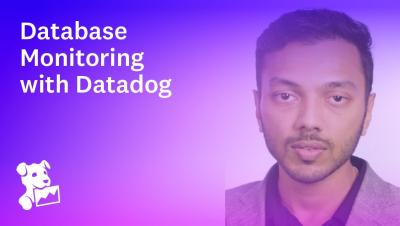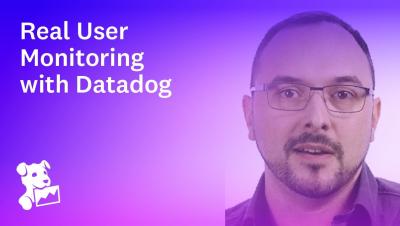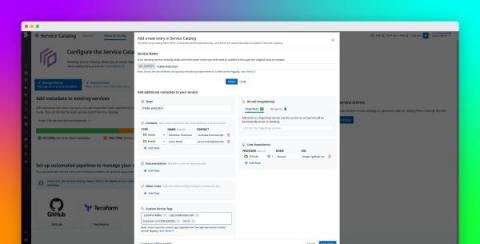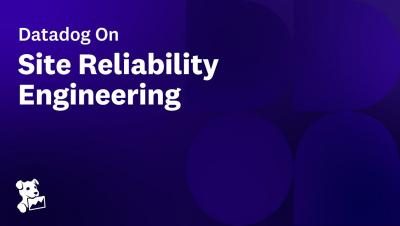Identify the root causes of issues and bottlenecks in your build pipelines with TeamCity and Datadog
TeamCity is a CI/CD server that provides out-of-the-box support for unit testing, code quality tracking, and build automation. Additionally, TeamCity integrates with your other tools—such as version control, issue tracking, package repositories, and more—to simplify and expedite your CI/CD workflows.











